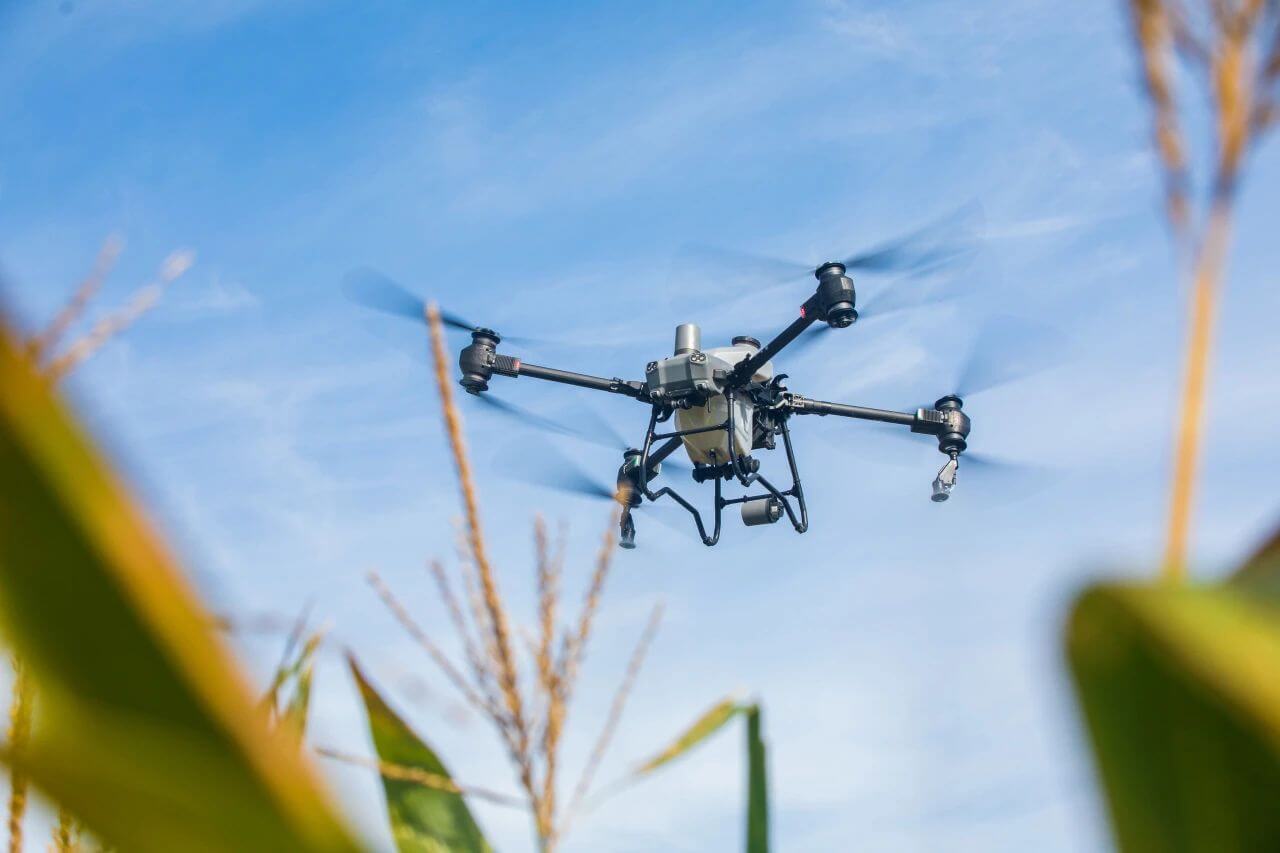U.S. drone technology faces numerous challenges, among which are Russian jamming tactics. As military operations increasingly rely on advanced UAV systems, the vulnerability of drones to sophisticated electronic warfare becomes evident. Russian attacks aim to disrupt or disable the communication links vital for drone navigation and operation, raising concerns over national security and mission efficacy.
Understanding Electronic Jamming
Electronic jamming involves sending out false signals or electromagnetic interference that can confuse or overwhelm a UAV’s communication systems. This tactic is not new but has evolved with technological advances. Drone signal interference presents a strategic advantage for adversaries like Russia, intending to exploit the weaknesses in drone communication protocols.
Types of Jamming Utilized

The most common forms
of jamming include spoofing and denial-of-service attacks. Spoofing involves tricking the drone’s GPS or other sensors into following incorrect data, thus disrupting its path or mission. On the other hand, denial-of-service attacks saturate the communication channels, effectively severing the link between the drone and its operator. This makes it challenging to maintain control, resulting in potential mission failure or forced landing.
Impact on U.S. Drone Operations
The impact of Russian jamming extends beyond losing valuable drones.
Operational data
and intelligence gathered by the drones become inaccessible, which may impair strategic responses and tactical advantages. 
Moreover, compromised operations, whether through misguided routes or complete loss of control, pose significant risks. These include revealing military positions or inadvertently breaching restricted areas. Such disruptions heighten tensions and necessitate the development of anti-jamming technologies to safeguard assets.
Developing Countermeasures
- Advanced encryption
- Frequency hopping
- Robust anti-spoofing mechanisms
These are just a few methods being pursued to improve the resilience of U.S. drones against hostile jamming.
Implementing these technologies requires substantial investment and international cooperation, ensuring that drones remain reliable and secure in contested environments. By focusing on innovation and adaptability, military forces aim to bolster autonomous systems, minimizing susceptibility to electronic warfare.
Challenges Ahead
Despite advancements, total immunity from jamming remains a complex challenge.
The adaptability of adversaries ensures an ongoing cycle of threat evolution. Military tech must persistently evolve to counteract these methods. Thus, rapid development in electronic warfare strategies is essential for maintaining operational integrity. As drone warfare becomes more prevalent, the necessity for resilient systems grows.
FAQs
- What are the primary risks of drone jamming?
- Disruption in communication links can lead to loss of control, misdirection, or exposure of sensitive data.
- How can drones be protected from jamming?
- Implementing technologies such as frequency hopping, encryption, and signal shielding can mitigate jamming effects.
- Are there international measures against jamming?
- Global cooperative efforts focus on shared tech advancements and policy frameworks to combat electronic warfare tactics.
